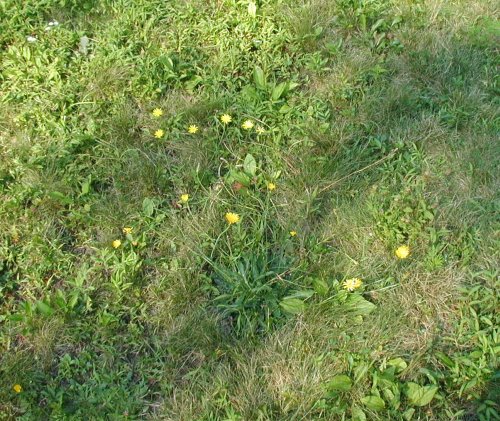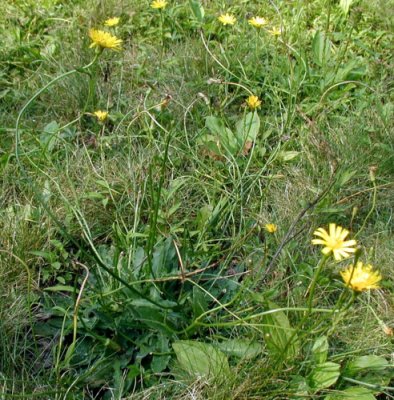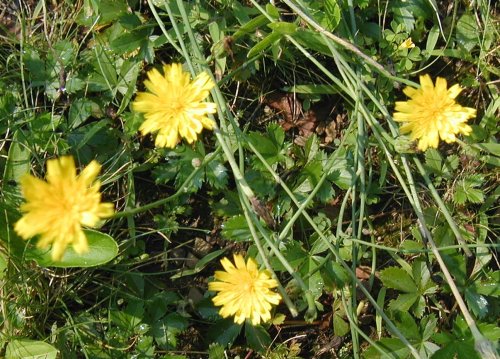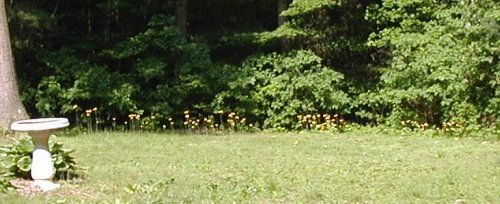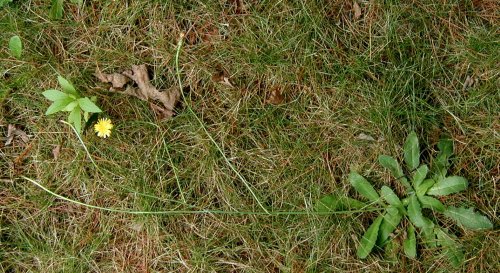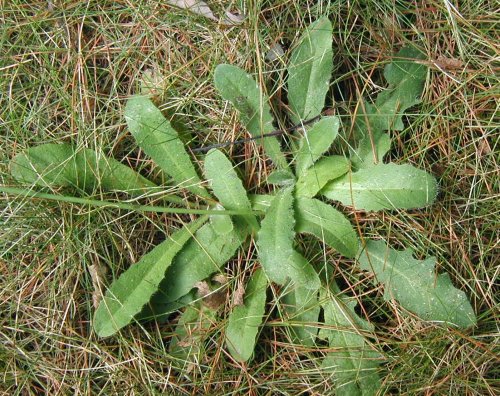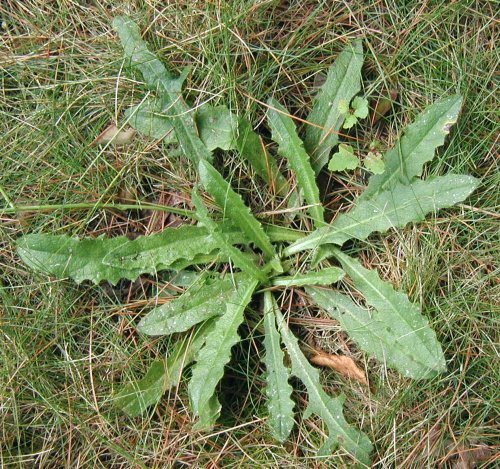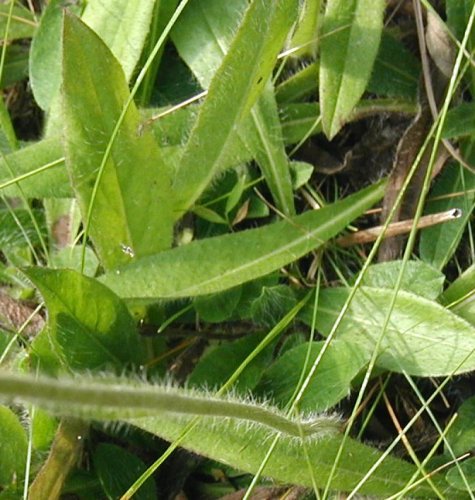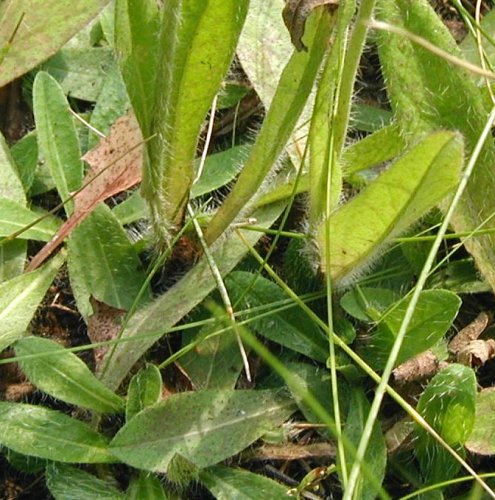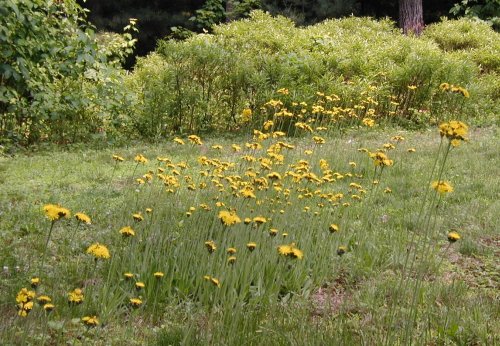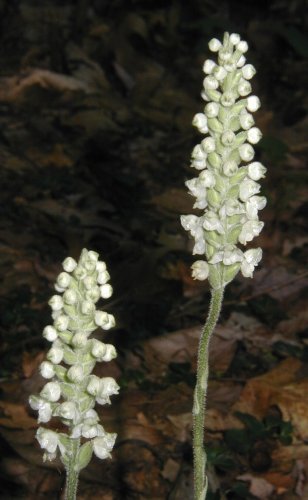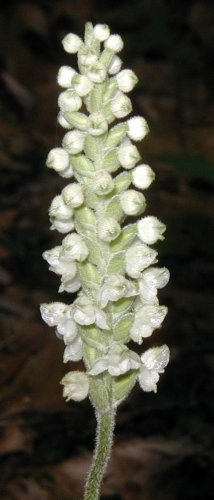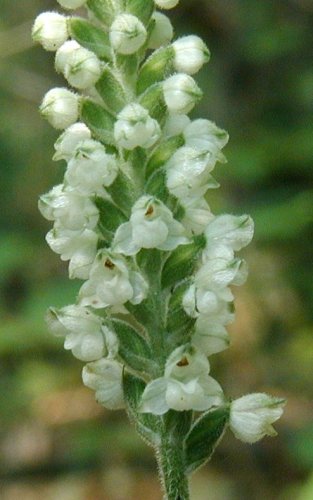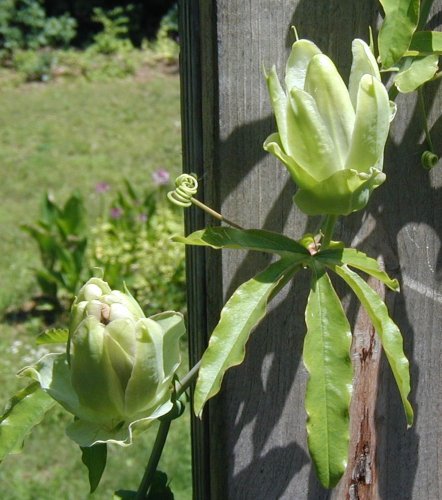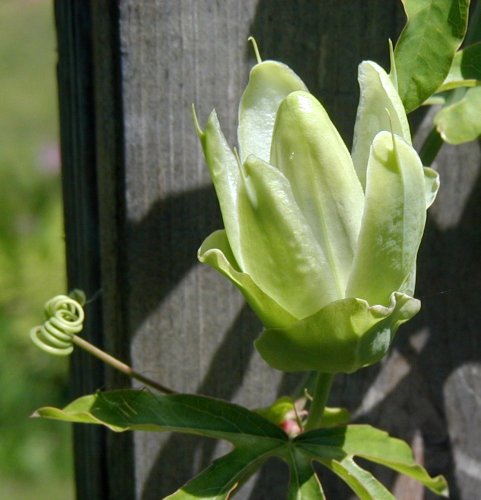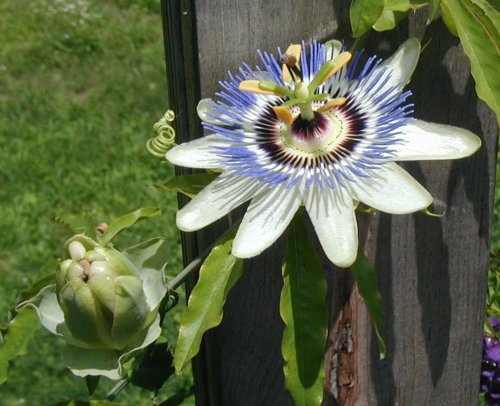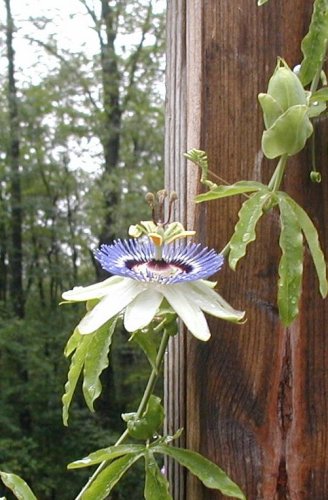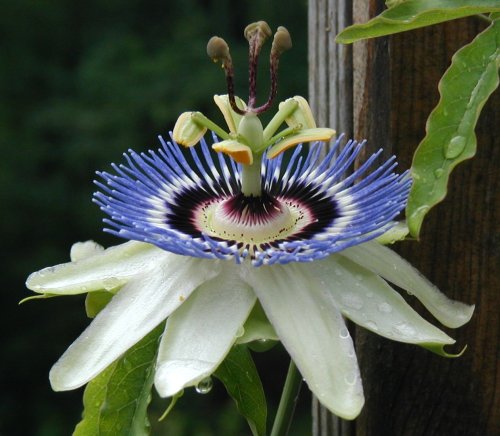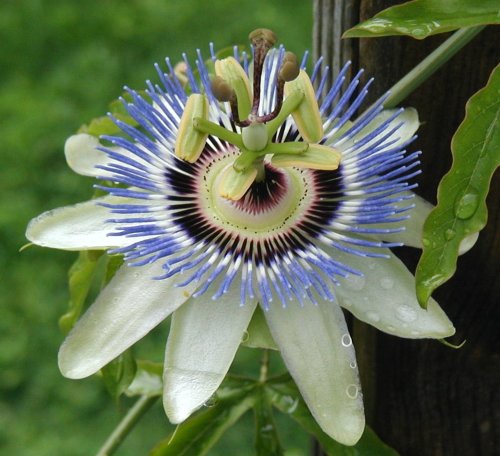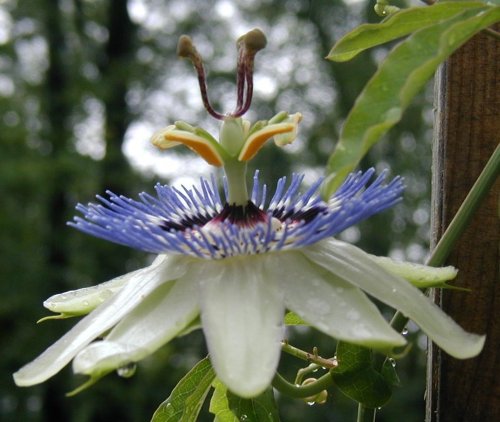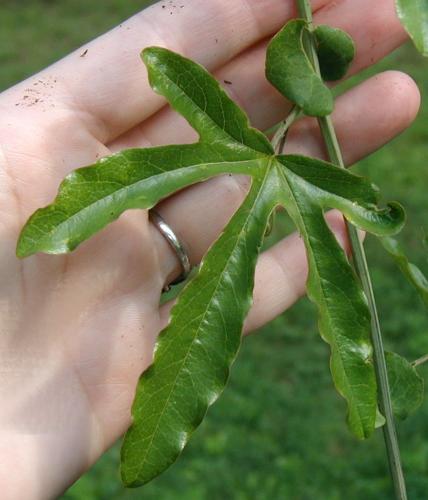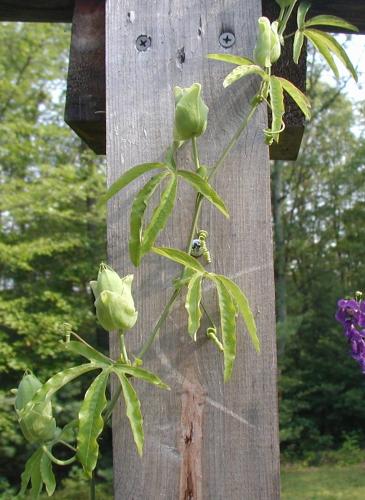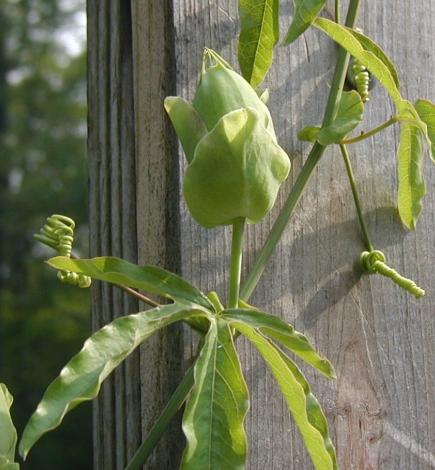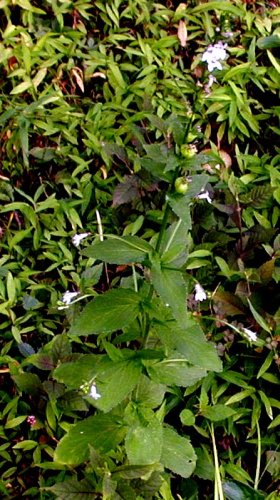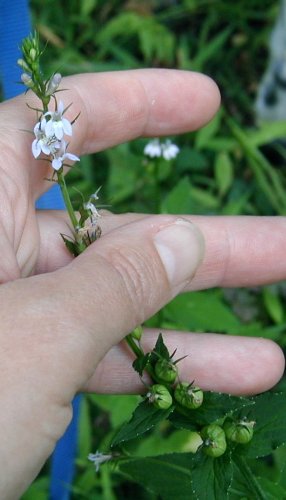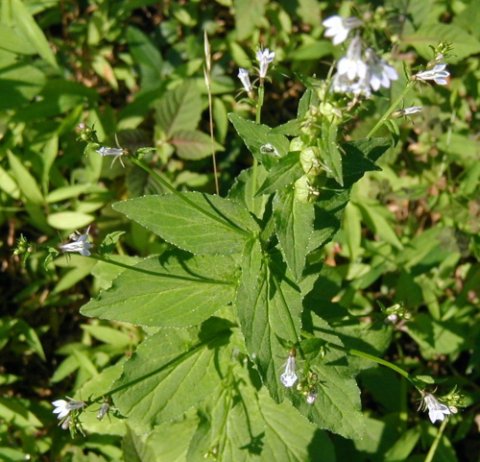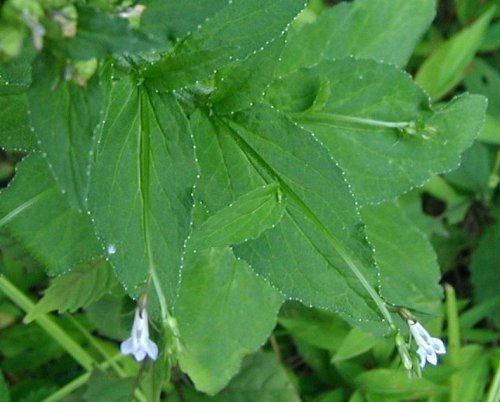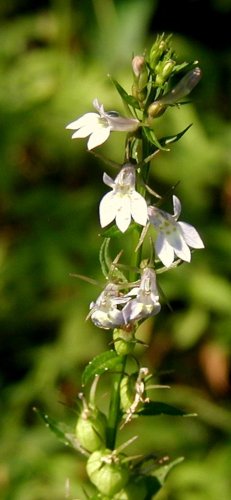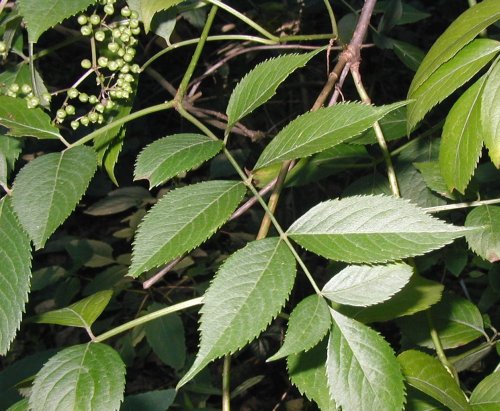The last couple of wildflowers that I identified popping up in our lawn were introduced species, which means they’re not native to North America. You could call them aliens, or exotics.
The main problem with introduced plants is that they often go wild, literally. Typically, no pests or predators consume enough of the plant or control it by other means, so the new kid on the block acts like an invader. Seeds are easily spread by animals, birds or the wind. Runners and suckers help the aliens invade new territory.
Invasive plants crowd out native plants and the problem with that is that we lose biodiversity. A highly diverse ecosystem has been shown scientifically – over and over again – to be more stable than a less diverse ecosystem. What that means for all of us is that when we lose biodiversity we lose a little stability. When nature becomes unstable, bad things happen.
So far, we’ve done some really bad things, like polluting the waterways so badly that a river actually caught fire in the 1970s and fish populations in the Great Lakes were totally decimated to recover some decades later. Enacting legislation, like the Clean Water and Clean Air Acts, to right these wrongs aided in the recovery.
Looking at things long-term, one sees that it would be much better for us, as the human race, to strive to stabilize our environment.
Perhaps an over simplification, but the endpoint is clear. We need to keep our environment of a high quality and stability if we are going to survive.
Concerning plant invaders, the worst of the bunch has been identified and legislated against. The U. S. Department of Agriculture has compiled a list of links to federal and state noxious weed lists.
Pennsylvania’s Noxious Weed List names 13 plants that are illegal to propagate, sell or transport in PA:
1. Canada Thistle, Cirsium arvense
2. Multiflora Rose, Rosa multiflora
3. Johnsongrass, Sorghum halepense
4. Marijuana, Cannabis sativa
5. Mile-a-Minute or Tear-thumb, Polygonum perfoliatum
6. Kudzu-vine, Pueraria lobata
7. Bull or Spear Thistle, Cirsium vulgare
8. Musk or Nodding Thistle, Carduus nutans
9. Shattercane, Sorghum bicolor ssp. drummondii
10. Jimsonweed, Datura stamonium
11. Purple loosestrife, including all cultivars, Lythrum salicaria
12. Giant hogweed, Heracleum mantegazzianum
13. Goatsrue, Galega officinalis
I’ve seen many thistles growing by the roadsides in the country out here and probably at least a few of them are on this weed list. The Mile-a-minute and Loosestrife I’ve seen in nearby areas, but I only recall seeing the Kudzu vine in Virginia and places further south.
We have Multiflora Rose growing all along the dirt road up to the house and I do think it grows very quickly judging from the last three years changes. We’re going to tear some out this fall and replace it with raspberry plants. That way, we can still enjoy the flowering, have some delicious fruit for the picking, and help reduce the invasive plant burden on the Pennsylvania natives.
Where you live, do you see any of these bad weeds?
I read an article in a recent Conservationist magazine, from New York State, that addressed an additional problem with Giant Hogweed. Some people are so sensitive to the plant that contact with it produces blisters. Kind of like the burns you can get from parsnips in the garden if you handle them with the morning dew still on them! If you’re going to get rid of some Giant Hogweed, send me a picture first and I’ll post it here for all to see. Oh yeah, wear long sleeves and gloves, too!
